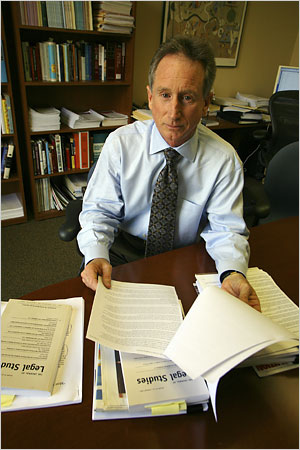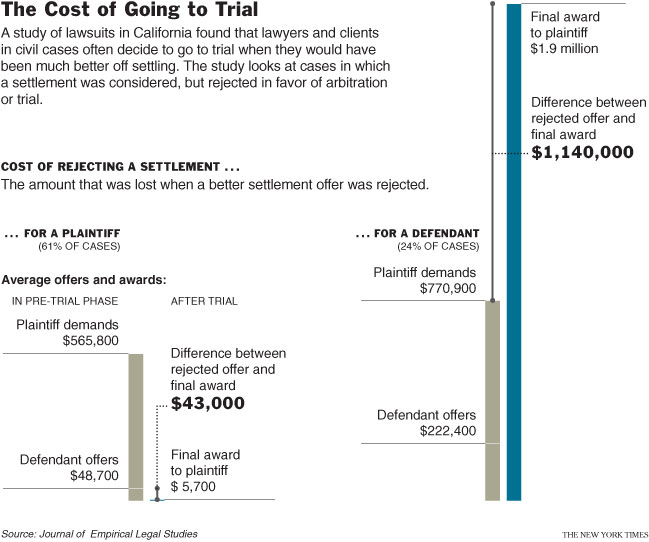| Want to send this page or a link to a friend? Click on mail at the top of this window. |
More Special Reports |
| Posted August 9, 2008 |
| Business |
| Study Finds Settling Is |
| Better Than Going to Trial |
 |
| JIM WILSON/THE NEW YOURK TIMES |
| Avoid a trial, Randall Kiser advises. |
| By JONATHAN D. GLATER |
| ____________ | |
|
|
|
| Plaintiffs lost on average of $43,000 by keeping up the fight. | |
| ____________ |
|
|
|
 |
|
|
|
| Wehaitians.com, the scholarly journal of democracy and human rights |
| More from wehaitians.com |